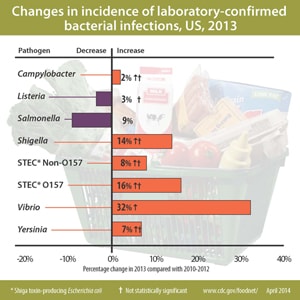The Bloomberg soda cap rule: not over yet
Yesterday, Health Commissioner Mary Bassett announced that the National Alliance for Hispanic health and nine other New York City organizations had filed an amicus—“friend of the court”—brief in support of the ban on sales of sodas larger than 16 ounces (the “soda cap rule”).
The amicus brief filed today…is a reminder of what this rule is about: protecting the health of New Yorkers. Corporate lawsuits and well-financed marketing campaigns do not change the documented scientific fact that there is an obesity and diabetes epidemic in our city, with the epicenter in our poorest neighborhoods. We must protect New Yorkers from corporate practices that value profits at the expense of their customers’ health.
The Alliance issued its own statement.
“The beverage industry has pursued a strategy of legal obstruction and put profits over the health of its customers,” said Dr. Jane L. Delgado, President and CEO of the National Alliance for Hispanic Health, the nation’s leading science-based advocate for Hispanic health.
The amici brief concludes:
The problem that the Rule addresses – the impact of sugary drinks in contributing to obesity and other diet-related chronic disease – is an issue of importance and urgency for millions of New Yorkers. The crisis calls for action – including the incremental action of reducing the portion sizes of sugary drinks in restaurants. For the one of every three children born in 2000 who will develop type 2 diabetes, and for the one of every two African-American and Hispanic girls who will get the disease, the question is not whether the Rule was justified but rather “What else is being done?” It is for their sake that the Rule was adopted. It is for their sake that the Board concluded thaqt the inconvenience to the thirsty of having to order another soda was worth it. It is for their sake that amici urge this Court to uphold the Rule.
The soda cap rule is on appeal to the State Supreme Court. According to the Associated Press, a hearing is scheduled for June 4.
Congratulations to the new Commissioner for keeping this idea alive.




